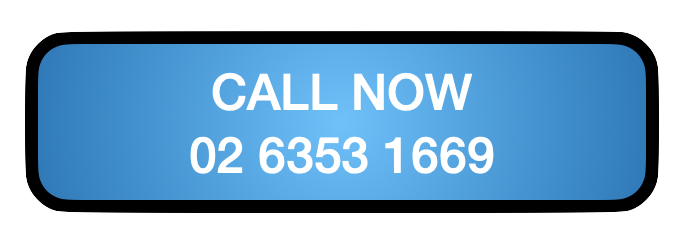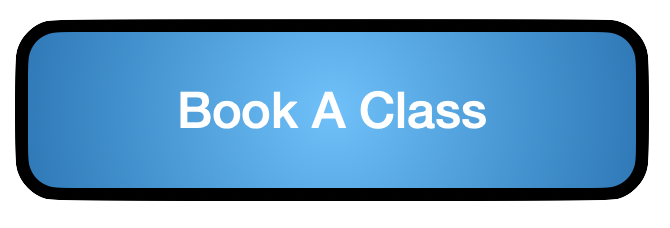One of the biggest problems with being a computer teacher is that sometimes we forget how to speak English. We forget that Computer Geek is its own language. This is fine if we are trying to talk to other geeks about what needs to be done on a computer. However, when attempting to teach an adult or senior who is not a geek by nature it is only going to cause frustration.
The most common phrase I hear from adults who need help with a computer is “I am computer Illiterate”. This is more true than you think. And just like learning a language like Japanese (I’m currently studying how to speak Japanese in my spare time) Adults can be taught how to speak computer geek but one step at a time.
Teaching adults computers is a skill in itself
If you ever wanted to see an example of how not to teach someone ask a very excited Ten-year-old to teach Grandpa how to play Pokemon. Though this can be a fantastic bonding experience there is a very good chance that Grandpa is lost in the first 20 seconds of the conversation. Many people assume that is Grandpa’s fault but it’s really that the 10-year-old is speaking a totally different language and VERY fast. The kid will not take any time to build a foundation of information and will go straight into the
The more often you use a task, the harder it is to explain it to someone. Take using a mouse for instance. Almost every computer uses a mouse. However, the use of a mouse is almost instinctive for most computer users. In my last class where I was teaching computer professionals how to use a new kind of software, I started the class by asking a simple question. “When opening a picture of the desktop .. do you double click. Right-click or left click? ” The trick was they had to close their eyes and not touch the mouse when they raised their hands with the answer. The truth is most of these computer techs who have been working in the industry took at least 20-60 seconds to raise their hands. Why? Because they do it so naturally breaking it down was too difficult.
As a computer teacher, I have been trained to break down every step of using a computer into smaller pieces using common English, not Geek.
Teaching with analogies
Analogies are key to teaching computers to adults and seniors. By finding common ground an analogy can break the language barrier. It also develops context to why they are doing something. (See Contextual Knowledge)
The best kind of analogy is something with which both the teacher and the student are familiar. The first part of any of my classes is to find out what the student is excited about. I often use analogies involving cooking, drawing, driving, and other common skills. (I’m learning how to cook and enjoy it … so I might use that one )
Though if I can I will make the analogy funny if I can
“Using new software on an old computer is like putting an elephant in the back of a Ute. Sure it will fit but don’t ask it to do any tricks”
~Kevin C Mason Computer teacher.
“IF your toddler can remember your password then your bank account is as safe as his nappy ”
~Kevin C Mason computer teacher.
Learning computers is not hard but teaching computers is. If you are wanting to take classes to choose someone who speaks your language, not geek.



